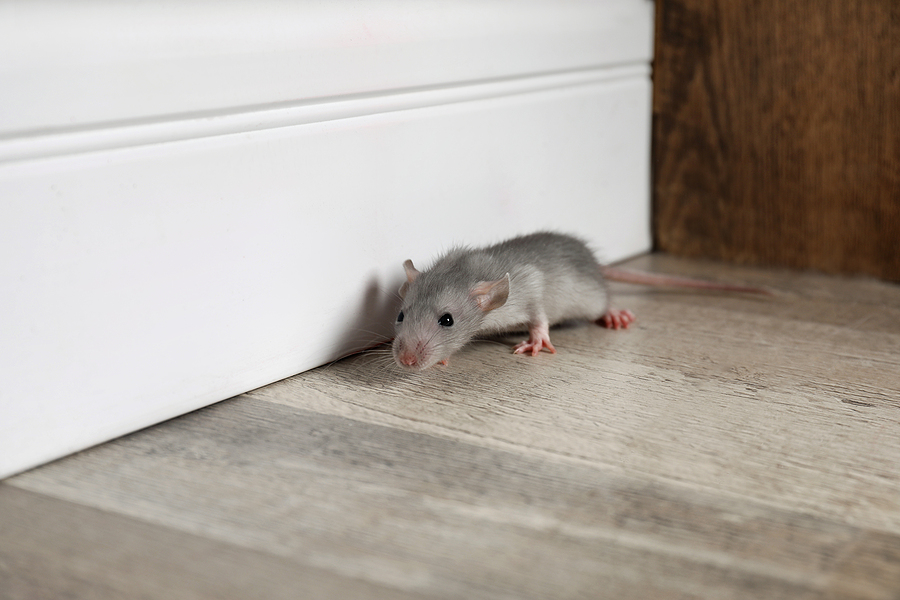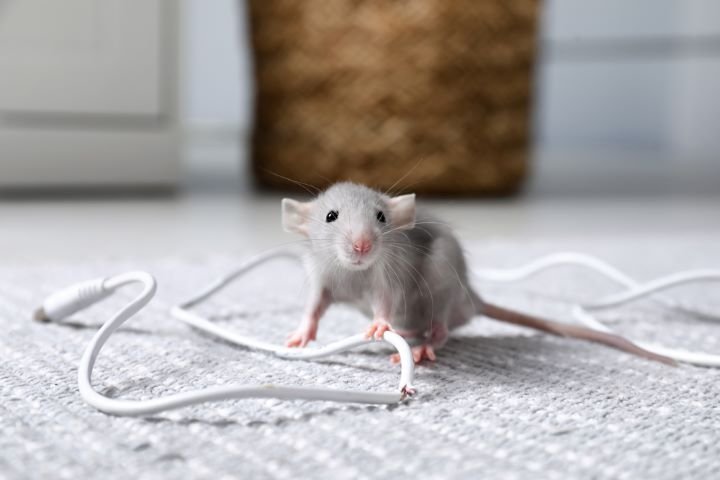Smart pest prevention systems: Revolution or Overhyped Reality?
Share
In today's fast-paced world, technology continues to evolve at an astounding rate, touching every aspect of our lives. One arena where technological advances are making significant strides is in the realm of pest control. Enter smart pest prevention systems a solution that promises to revolutionize how we deal with unwelcome critters in our homes and workplaces.
But what exactly are these systems, and how can they benefit you? Are these innovations a game-changer or just another buzzword in the pest control industry? Let's delve deeper into understanding this contemporary pest control approach.

What Are Smart Pest Prevention Systems?
At its core, a smart pest prevention system utilizes advanced technologies such as sensors, the Internet of Things (IoT), and sometimes artificial intelligence (AI) to detect and manage pest activities. Traditional pest control methods have primarily included traps, baits, and nets, often relying on chemicals. However, smart systems aim to minimize reliance on chemicals and provide real-time monitoring and automated responses to pest activity.
These systems offer various solutions ranging from motion-sensor activated traps to sophisticated AI-driven analytics that predict pest behavior patterns. Imagine having a system in your office that can instantly alert you if there's a sudden surge in pest activity, enabling timely and efficient action without human intervention.
How Smart Systems are Changing Pest Control
The advent of smart technology in pest control is altering the landscape significantly. These solutions are not only about eliminating pests but also preventing them effectively and humanely.
- Real-time Monitoring: With sensors placed in strategic locations, these systems provide continuous monitoring. Homeowners and business operators gain insights into when and where most pest activities happen, enabling them to devise specific strategies.
- Predictive Analytics: AI models can foresee potential infestations by analyzing factors like weather patterns and seasonal changes, providing a proactive approach.
The Benefits of Using Smart Systems
Incorporating smart systems for pest control provides several benefits that go beyond traditional methods:
1. Non-toxic Solutions
These systems often reduce the need for harmful chemicals, making them an environmentally friendly option. This aspect is particularly crucial in protecting family and pet health.
2. Cost Efficiency
While the initial investment may seem high, the long-term savings on repeated pest control services and treatments make smart systems a cost-effective choice.
3. Improved Home Quality
Homes and businesses free from pests ensure a better quality of life, reduced property damage, and more comfort for inhabitants.
Implementation and Use Cases
Implementing smart pest prevention systems can vary significantly based on individual requirements. However, these systems have been successfully used in various settings, including homes, restaurants, warehouses, and agricultural settings.
For example, in agriculture, where pest management is critical for crop protection, smart systems provide growers with the ability to act quickly against pest invasions, thereby increasing yields and reducing crop losses.
The Future of Smart Pest Prevention
As technology continues to advance, we can anticipate even more sophisticated smart pest prevention systems. Future systems may include drones for monitoring large areas, enhanced AI capabilities for predicting pest movements with even greater accuracy, and more extensive biotechnological applications.
For those interested in adopting these systems, exploring resources such as the AI advancements in pest control can provide deeper insight into what the future holds.
Are You Ready for the Shift?
If your interest is piqued by the idea of futuristic pest control, the question then becomes whether it will be widely adopted or limited to early adopters willing to invest in innovative solutions. With their availability already registering a game-changing impact in numerous environments, smart pest prevention systems might soon become mainstream, reshaping how every home, farm, and city manages pest threats.
As with any tech-driven solution, it's crucial to evaluate your individual needs and potential benefits before investing. For more about implementing smart systems in home spaces, consider resources like the Family Handyman's pest control tips.

FAQs
1. What are Smart Pest Prevention Systems?
These are advanced technologies comprising sensors, IoT, and AI to manage and monitor pest activity effectively and humanely.
2. How do Smart Systems benefit compared to traditional methods?
Smart systems provide non-toxic solutions, cost-efficiency in the long run, and significantly improve the quality of life and property maintenance.
3. Are Smart Systems suitable for home use?
Absolutely. These systems are suitable for various environments, including homes, where they can prevent infestations more effectively.
This article contains affiliate links. We may earn a commission at no extra cost to you.
